Table of Contents
On July 20, 2025, Japan’s long-time ruling Liberal Democratic Party (LDP) and its coalition partner, Komeito, lost their majority in the upper house of the Japanese Diet. This defeat marks a significant turning point in Japan’s political landscape, signaling public discontent with economic stagnation and political deadlock. Prime Minister Shigeru Ishiba’s government, which already lost its majority in the lower house following a snap election in October 2024, now faces even more significant challenges in the form of a fractured parliament. The results of this election, coupled with mounting populist opposition, suggest that Japan is entering a prolonged period of political instability, which could complicate governance as the nation confronts both domestic economic struggles and international tensions, including tariff negotiations with the United States.
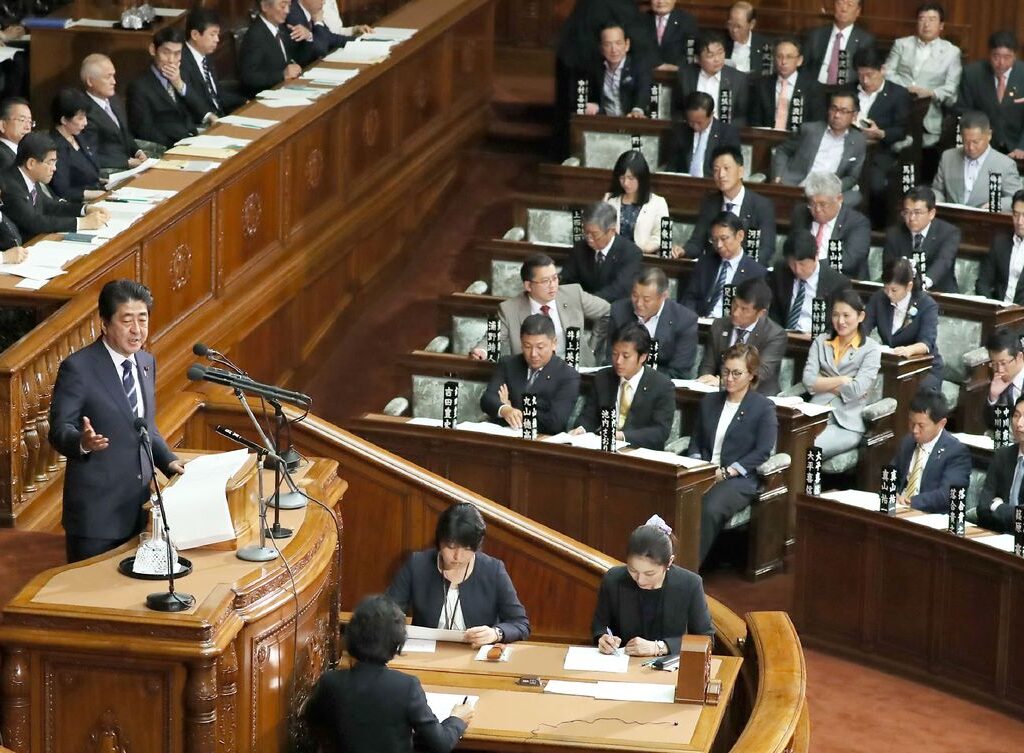
What Happened in the Upper House Election?
In the July 2025 upper house elections, Japan’s ruling LDP-Komeito coalition lost its majority for the first time since its formation in 1955. Out of the 248 seats in the upper house, 125 were contested, with the LDP securing only 39 seats and Komeito winning 8. Combined with the 75 seats that were not up for reelection, the coalition now holds a total of 122 seats—well short of the 126 needed for a majority.
Smaller political parties saw significant gains, reflecting growing public dissatisfaction with the LDP and Komeito’s governance. The Democratic Party for the People (DPFP), a center-right group with populist economic policies, particularly aimed at increasing take-home pay for younger voters, won 17 seats, bringing its total to 22. Meanwhile, the far-right Sanseito, which campaigned on a nationalist platform and had been embroiled in controversy over its association with Russian disinformation campaigns, made substantial gains, increasing its seat count to 15.
Although the main opposition Constitutional Democratic Party of Japan (CDPJ) maintained its seat count, it failed to capitalize on the ruling coalition’s vulnerability. This election highlighted not only the public’s frustration with the status quo but also the growing influence of populist parties with their visions of Japan’s future.
Voter turnout for the election was notably high, with 58.5% participation—a 6.5-point increase from the previous upper house election in 2022. Early voting saw a surge in participation, with 26 million early votes cast, a 33% increase from the last election. This shift in voter engagement likely contributed to the poor performance of the ruling coalition and the rise of opposition parties.
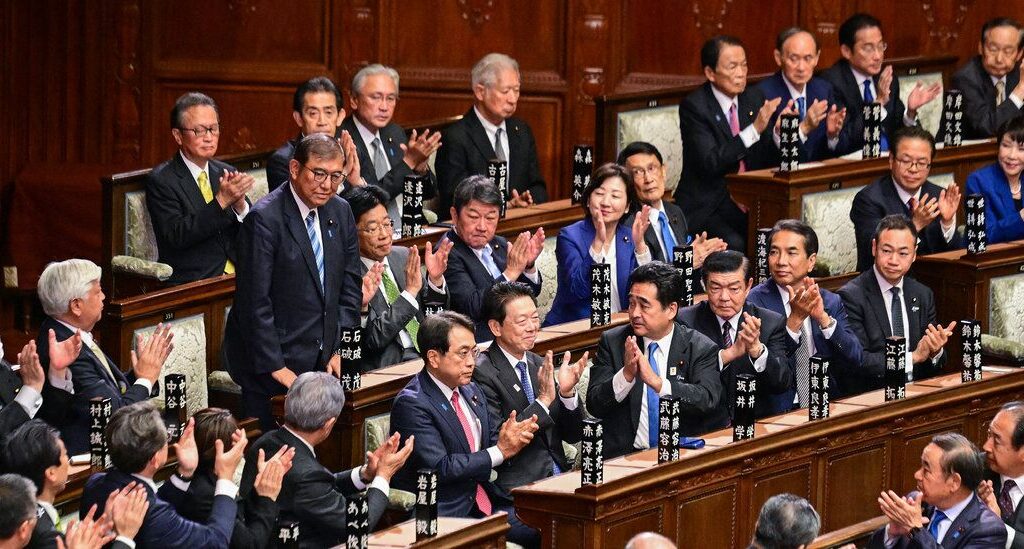
Why Did the Ruling Coalition Lose?
Several factors contributed to the LDP-Komeito coalition’s defeat:
- Economic Stagnation and Rising Prices:
One of the primary drivers of public dissatisfaction was the government’s failure to address economic concerns, especially rising prices and inflation. Staples like rice saw significant price hikes, and the government’s proposal to issue cash handouts (¥20,000 for the general public, with an additional ¥20,000 for children and low-income households) was met with poor public reception, receiving only 17.9% support. In contrast, a proposed consumption tax cut from opposition parties garnered overwhelming support at 76.7%. - Lingering Scandals and Distrust:
The LDP’s credibility was further damaged by the 2024 political funds scandal, which, although no longer dominating headlines, continued to impact voter perceptions. A Kyodo News survey revealed that more than half of the respondents considered the scandal when deciding their vote. Despite attempts to reform, such as abolishing party factions, the scandal’s lingering effects have undermined trust in the ruling party. - Weakening Conservative Base:
Over several election cycles, the LDP has seen a steady erosion of its conservative support base. Both Prime Ministers Shigeru Ishiba and Fumio Kishida, viewed as moderates by the party’s right-wing base, failed to unite the party’s traditional supporters. In contrast, the far-right Sanseito party, with its nationalist message, attracted voters frustrated with the LDP’s moderates, marking a shift in Japan’s political spectrum. - Challenges for Komeito:
Komeito, the LDP’s longtime coalition partner, also faced difficulties retaining seats. Traditionally backed by the Soka Gakkai religious group, Komeito’s weak performance reflected the declining influence of its aging support base. As Japan’s electorate continues to evolve, the LDP-Komeito coalition may find it harder to maintain its previous dominance.
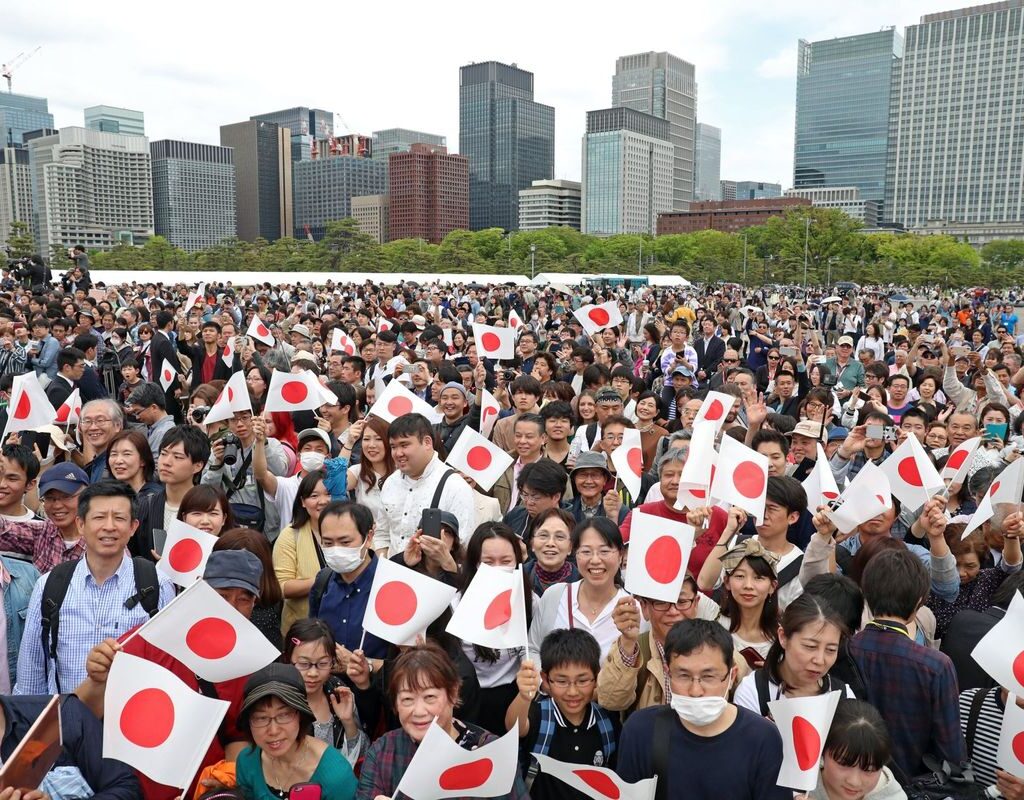
What Happens Next for Japan’s Government?
Despite this significant setback, Prime Minister Shigeru Ishiba has indicated his intention to continue leading the minority government. His primary focus remains domestic issues, including critical trade negotiations with the United States that are set to intensify before the August 1 deadline set by President Trump. However, there are already calls within the LDP for Ishiba to resign, and the political landscape is ripe for change.
The Diet is set to reconvene in early August to elect the speaker and vice-speaker of the upper house and again in late September to consider a supplemental budget that incorporates campaign pledges aimed at boosting the economy. With the LDP and Komeito now in the minority in both houses, they must work harder than ever to secure support from opposition parties, which will add complexity to the policymaking process. The days of relying on ad-hoc cooperation with opposition groups are likely over, and Japan may need a more formalized framework for cross-party governance.
While the LDP and Komeito are still in power, the political balance has shifted. As Japan enters this period of uncertainty, it remains to be seen whether the ruling coalition can forge the necessary alliances to advance its agenda.
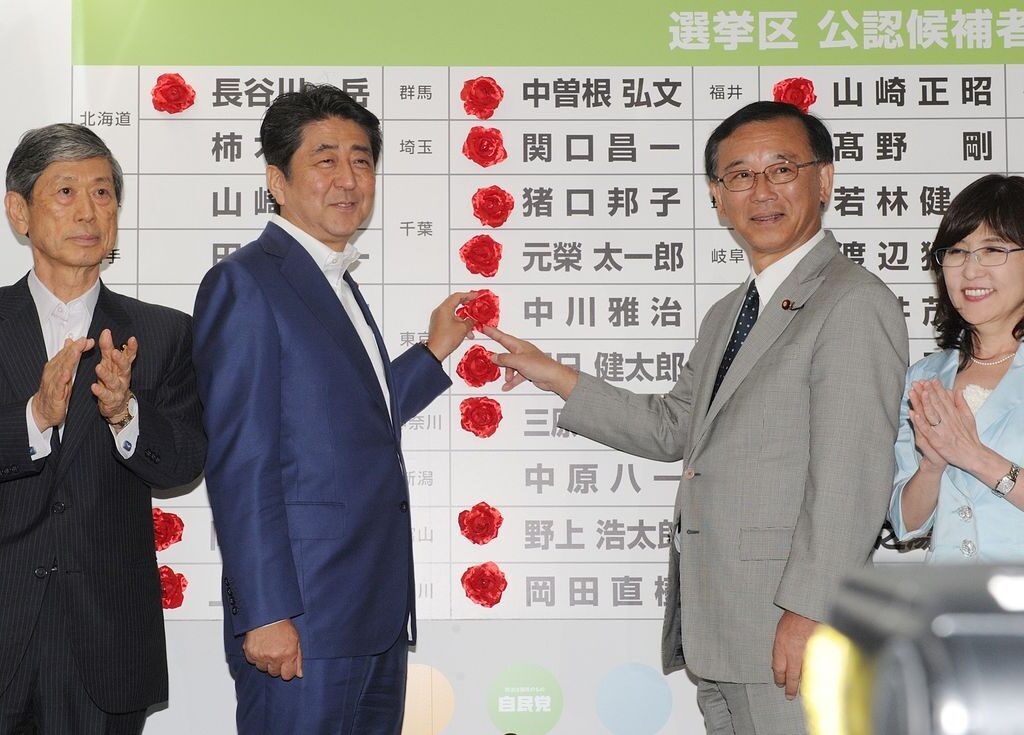
What Are the Implications for Japan’s Foreign Policy and Relations with the U.S.?
The defeat of the ruling coalition is likely to have significant implications for Japan’s foreign policy. The focus of the government will likely shift toward domestic concerns as multiple political parties compete for influence. This internal instability could limit Japan’s flexibility and capacity to respond effectively to international challenges, particularly in areas requiring quick and decisive action, such as trade negotiations.
For example, ongoing tariff negotiations with the United States, particularly on contentious issues like rice and automobiles, may be further delayed or complicated by the divisions within the Japanese government. Japan’s ability to make necessary concessions in these negotiations may be hampered, resulting in missed opportunities or prolonged discussions.
Nevertheless, the basic direction of Japan’s foreign policy is unlikely to change dramatically in the near term. Policymakers across various parties recognize the importance of maintaining strong U.S.-Japan relations, especially in light of challenges posed by China, North Korea, and Russia. There is also bipartisan support for increasing Japan’s defense spending to 2% of GDP by 2027, indicating that Japan’s strategic trajectory will largely stay on course. However, the political instability at home may slow the pace at which Japan implements its foreign policy objectives.
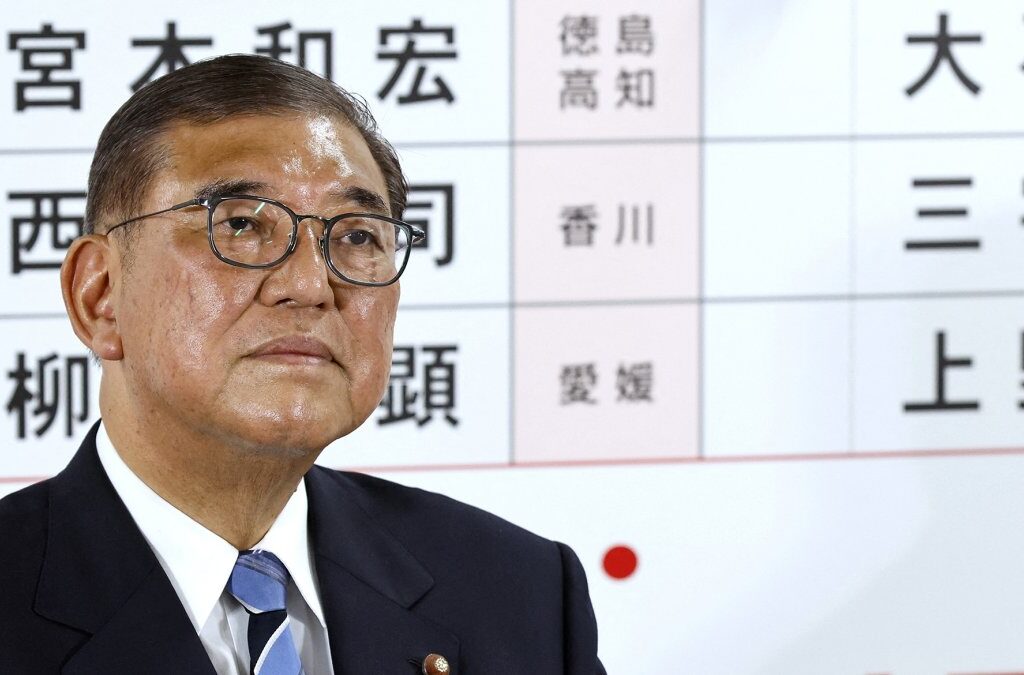
Conclusion: The Road Ahead for Japan’s Political Landscape
Japan’s recent upper house election has marked a significant shift in the nation’s political landscape. With the LDP and Komeito now facing a minority position in both houses of parliament, the political landscape will likely become even more fragmented and complex. While Prime Minister Ishiba and the LDP are signaling their intent to govern, they will need to forge alliances with opposition groups to move forward, especially on key issues like economic reform and trade negotiations with the United States.
As Japan faces these domestic political challenges, it will also need to navigate an increasingly volatile international environment. The upcoming months will be crucial in determining whether Japan can overcome its internal divisions and maintain a strong position on the global stage.
Share This Blog Post:
Stay updated on the latest political developments in Japan and their potential impact on the world. Share this post with your networks and join the conversation on Japan’s evolving political landscape.
Author Profile

- Li Li, associate professor and master’s supervisor at Southwest University. B.A. in English for Education from Southwest Normal University, M.A. in English Translation and Interpretation from China Foreign Affairs University, Ph. D. in Japanese Cultural History from Nankai University (all above are in China). Also has studied at Osaka Sangyo University and Kokugakuin University in Japan and been a Fulbright visiting scholar to Western Kentucky University in US. A multidisciplinary and versatile instructor with a trilingual mastery of Chinese, English and Japanese, known for Combining foreign language teaching with history and humanity cultivation. Academic researches center on Japanese history, international relations and Western culture studies. Work experiences include teaching at Capital Normal University, Chongqing Normal University, and Southwest University. Has published multiple academic papers, translated works, authored or co-edited several textbooks and monographs; provided language services for several high-level and high-profile international events.
Latest entries
 Japanese PoliticsJuly 22, 2025Japan’s Upper House Election: Prolonged Instability and Its Impact on Domestic and Foreign Policy
Japanese PoliticsJuly 22, 2025Japan’s Upper House Election: Prolonged Instability and Its Impact on Domestic and Foreign Policy Middle East AffairsJuly 20, 2025Will Israel Ever Face Consequences for Bombing Its Neighbours?
Middle East AffairsJuly 20, 2025Will Israel Ever Face Consequences for Bombing Its Neighbours? Energy & ClimateJuly 13, 2025Iran Conflict: Four Lessons Learned for the Oil Market
Energy & ClimateJuly 13, 2025Iran Conflict: Four Lessons Learned for the Oil Market BiopharmaceuticalsJune 30, 2025How Most-Favored Nation Drug Pricing Could Undercut U.S. Leadership in Biopharma
BiopharmaceuticalsJune 30, 2025How Most-Favored Nation Drug Pricing Could Undercut U.S. Leadership in Biopharma


